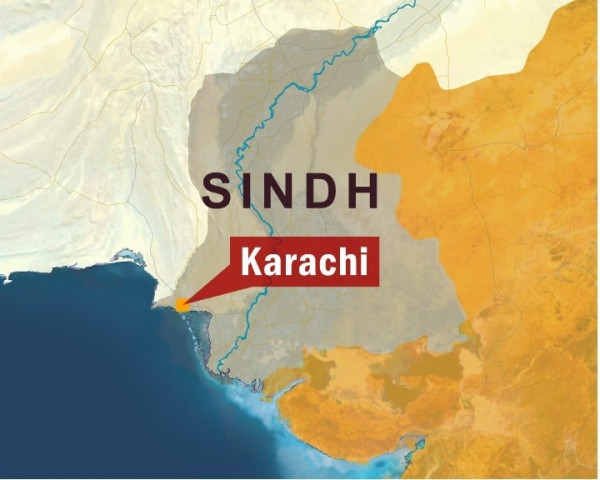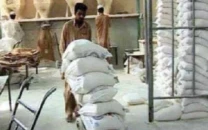10 projects to strengthen River Indus embankments
Projects to strengthen the River Indus embankments and canals have been approved by the Indus River Commission.

Meanwhile, 33 other schemes are being scrutinised by irrigation department committees, it was said at the Indus River Commission (IRC) meeting held here on Thursday at the Sindh Secretariat. The meeting was presided over by Sindh Irrigation Minister Jam Saifullah Dharejo. Members of the commission who attended the meeting included irrigation secretary, chief engineers of Guddu, Sukkur and Kotri barrages and officials of the irrigation department hailing from different districts.
Addressing a press conference after the meeting, Dharejo told media that 95 proposals were presented during the meeting, out of which 10 have been approved. These proposals have been made after damage assessments at the ‘grassroots level’. According to the irrigation minister, officials have recommended plans to fix the levels of embankments (alignment) and start stone-pitching to strengthen the embankments on both sides of the river.
“Priority will be given to the breaches that occurred,” said Dharejo. He said that while the breaches have been temporarily plugged, they need long-term planning to ensure the embankments will not break again.
After the commission approves the proposals, the projects will be forwarded to the federal government for a ‘final approval’.
The canals which have been badly affected include the BS Feeder, Dadu Canal, Khirthar Canal and Beghari Canal.
Though the minister did not say what the total estimated cost of the approved schemes was, he did say that the cost of a single project could range from Rs300 million to Rs500 million. “We will give you a total cost once the schemes have been approved,” he said.
Dharejo said international donors, including USAID, had pledged to help the government restore the irrigation network, which was devastated by the floods.
The situation is still dire in several districts of Sindh, where around 10 feet of water is standing, he said, adding they were trying to drain stagnant water from Khairpur Nathan Shah and Mehar. The minister said they would be able to get a complete assessment report on damages within a week.
Referring to the Tori Bund breach controversy, he said, “This is propaganda and our statements have been misquoted. No one made the cut [at Tori Bund],” he said.
According to Dharejo, around 200 breaches have occurred at different embankments of the River Indus since the British tenure. The Tori Bund has developed breaches at least 21 times, he said.
The total capacity of the Sukkur Barrage was around 1.5 million cusecs, and it has gone down to 900,000 cusecs. “We have asked the British government, who first constructed the barrage, to help us enhance not only the Sukkur Barrage’s capacity but that of the other barrages as well,” he said.
To another question about the health risks of people living around Manchar Lake, Dharejo said water is being discharged into the River Indus and people living around the lake are safe. There is no issue of contamination from the water being released into the river from the lake, he said.
The minister said that among other schemes they were tying to expand Mukhi Canal to Thar in order to provide water to the coal fields there.
Published in The Express Tribune, October 15th, 2010.



















COMMENTS
Comments are moderated and generally will be posted if they are on-topic and not abusive.
For more information, please see our Comments FAQ